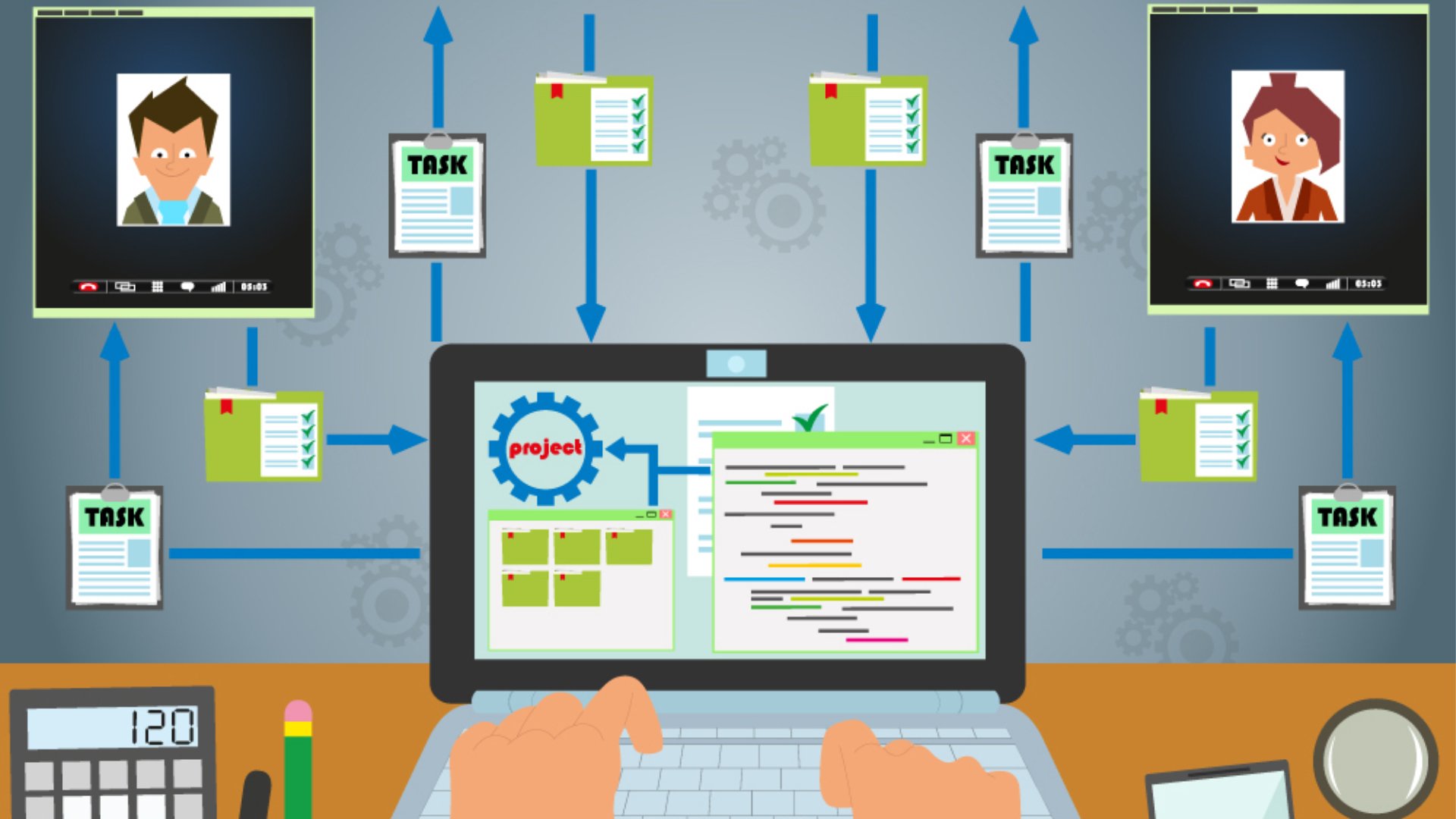
The novel coronavirus outbreak has forced many companies to implement mandatory remote work, an arrangement that for many is completely new and daunting. And while employees can find a plethora of advice columns online on how to make telecommuting a positive experience, there is less guidance available for managers on how to effectively lead their remote staff. According to Owl Labs’ 2019 State of Remote Work report, 15% of remote employee managers surveyed received no level of training on how to manage this growing labor force.
Managers new to this situation may think that there are only a few small differences between managing in-house and remote employees, but those who already supervise remote employees know that these arrangements change every aspect of work-life. While there are many benefits to remote work for both the company and the employees, there are also numerous downsides, including blurred expectations, feelings of isolation, lower motivation levels, and higher technology costs. What can managers do to help their employees feel connected and motivated while working remotely? Here are four simple tips:
1. Check in consistentlyDistance may make the heart grow fonder, but it can also lead to miscommunication and misunderstandings. By establishing a regular check-in schedule with remote workers, managers can reduce the frustration that comes with missed calls and slow responses to emails. Daily or bi-weekly check-in meetings allow managers and employees to stay connected and focused on work goals and deadlines.
2. Connect over videoEmail can become the primary way to communicate with remote workers, but there are many drawbacks to communicating strictly through email, including missed context and dead time between responses. By using readily-available video conferencing technology, both the manager and employee can have more personal and meaningful interactions. Being able to read the other person’s facial expressions and body language will reduce the likelihood of miscommunication and allow both parties to have important questions answered on the spot.
3. Provide immediate feedbackWithout feedback, employees do not have the opportunity to develop and improve their skills. Getting immediate feedback is particularly important to remote workers, who can already feel disconnected and unsure about their performance due to a lack of in-person reinforcement. Sending an immediate response to every email or other correspondence can be laborious, but it goes a long way in making a remote employee feel “heard.” Managers could also use cloud-based services like Google Docs for team projects, as it allows for synchronous workshopping and real-time feedback.
4. Treat remote workers the same as in-person employeesIt is easy for remote workers to receive second-class citizen status at a company, so managers might need to take extra steps to make their remote employees feel valued and integral to the company’s mission. A brief note recognizing the remote worker’s good work on a recent project or even a message on their birthday can help the employee feel recognized and appreciated. And when the current social distancing practices subside, managers could make arrangements for their remote workers to visit the central office, not just for work-related matters but also for community-building events.
The state of remote work is changing rapidly as a result of COVID-19. By remembering these simple tips, managers can help their current and future remote employees stay positive and productive during this unprecedented time.






